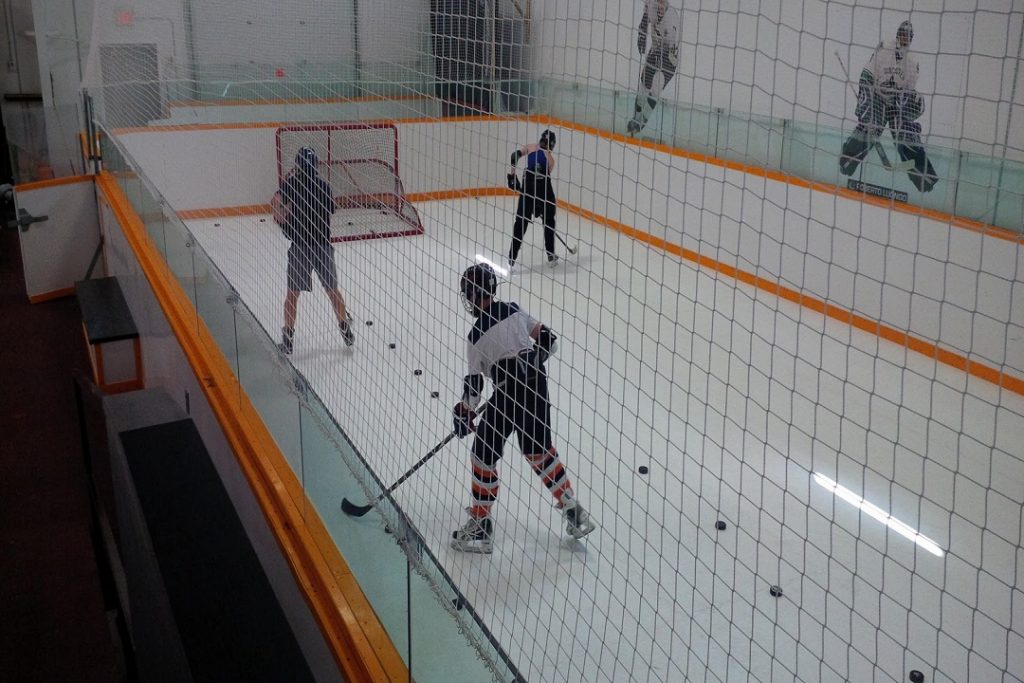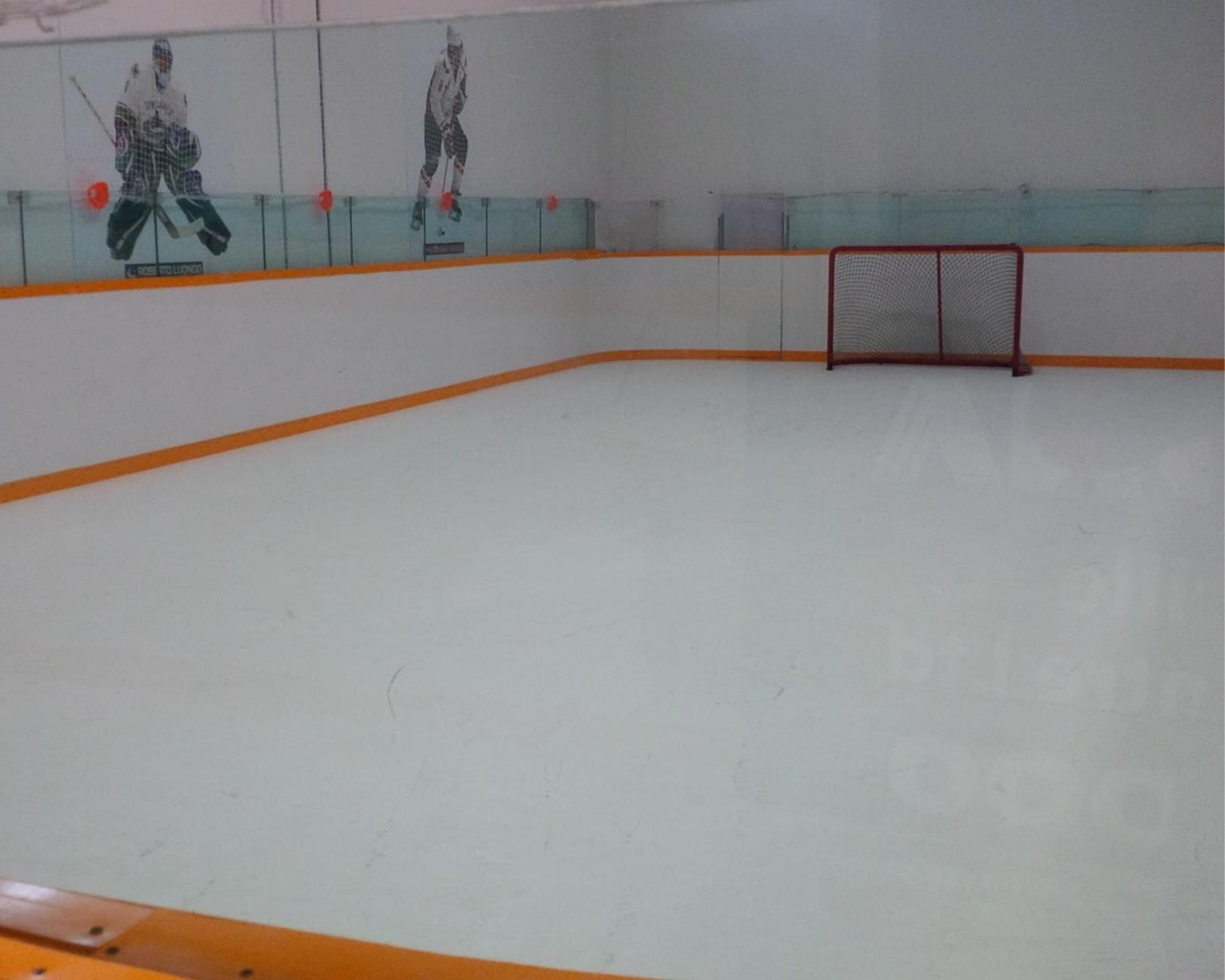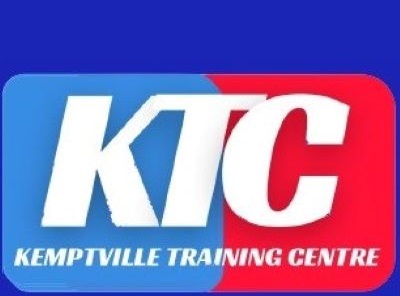

Stick Handling A key to becoming a good stick handler is constant practice and repetition. Because synthetic ice surfaces mimic natural ice surfaces, players can effectively practice toe drags, dekes and back-and-fourth puck control. The benefit in practicing stick handling on synthetic ice is the increased effort the user must exert. This gives the player a feeling of stick handling with a weighted puck, which will increase forearm strength for more mobile puck handling on natural ice surfaces.
Shooting Synthetic ice gives a player around the clock opportunity to practice shooting. Whether it be wrist shots, slap shots, snap shots or the back hand shot, synthetic ice provides a surface to develop proper technique. Again, because the user must exert more effort than on natural ice, the player has the feeling of shooting a weighted puck. This increases wrist and forearm muscles so that, over time, the athlete will develop a harder shot to use in game situations.
Passing For hockey players, a strong pass is a better one. Because synthetic ice surfaces are typically more resistant that natural surfaces, players must pass the puck with more force. Training on this artificial ice teaches the player to make and handle crisp passes, which will have a direct carryover into game situations on natural ice.
Goaltending On synthetic ice surfaces, goaltenders can practice skating techniques, which allow them to cut down angles on shots they face, properly square up to shooters, and practice making saves and returning to proper form. Because of the resistance features in synthetic ice, goaltenders are required to skate harder, which improves their game posture.
